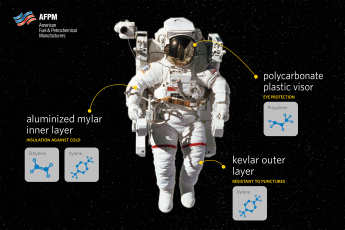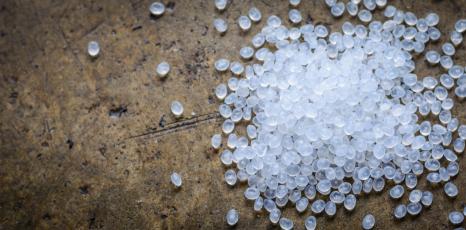This National Agriculture Day, as we sit down to tuck into our dinners, it is easy to overlook how our food ended up at our tables – and the role of petrochemicals in getting them there.
Simply put, petrochemicals play a pivotal role in all the key processes along agriculture’s supply chain. From polyvinyl chloride (PVC) pipes to packaging, petrochemicals are on hand to boost yields and improve efficiencies.
More than a billion pounds of plastic is used annually in U.S. agriculture alone, which includes polyethylene, ethylene-vinyl acetate and ethylene-butyl acrylate used in the production of plastic mulch, greenhouse covers, and tunnels. The copolymers used in these products help to reduce water loss and UV levels to cool the soil, as well as prevent insects and weed growth around the crops.
But the role of petrochemicals in agriculture does not stop at greenhouses and mulch. Other plastics, including polyolefin, Polypropylene (PP), Ethylene-Vinyl Acetate Copolymer (EVA) and others are also used in irrigation, silage, twine, and tubing. Products formed from petrochemicals are integral to the process.
After harvesting and transportation, the packaging is the final key step in the path of produce from farm to table. U.S. demand for plastic containers is anticipated to total $32.4 billion in 2016, with 14.2 billion pounds of resin consumed. Continued innovations in packaging help ensure freshness and convenience, as well as providing improved marketing and security.
Next mealtime, take a look at the food on your plate and appreciate the role petrochemicals played in getting it there.


